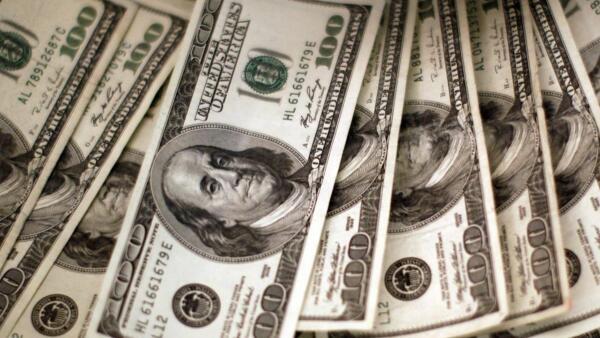
Despite comparatively lower petrol costs, US consumer prices undoubtedly rose somewhat in May. However, the Trump administration’s import tariffs most certainly began to affect other commodities, which might have exacerbated underlying inflation pressures.
On Wednesday, the Labour Department’s Consumer Price Index (CPI) data may reveal that the CPI, excluding the volatile food and energy components, increased by the highest in four months. Economists predicted that President Donald Trump’s broad import taxes would raise prices, which would be the cause of the so-called core CPI increase. They indicated that elevated inflation readings linked to tariffs would begin in May and may continue until the end of the year.
Because the majority of shops were selling goods that had been stockpiled before the levies were imposed, economists said that inflation has been reluctant to react to the tariffs.
According to Santander US Capital Markets senior US economist Stephen Stanley, “retailers displayed remarkable restraint in April.” “The leading edge of price increases should occur in May, with June and July seeing the biggest effects.”
A Reuters poll of experts indicated that the CPI probably rose 0.2% last month after rising by the same amount in April. Because worries about global economic growth restrained crude oil prices, petrol prices were mostly lower in May.
Also Read:
PTSA’s Holistic Approach In Shaping The Future Of Football: Mohamad Adlouni









